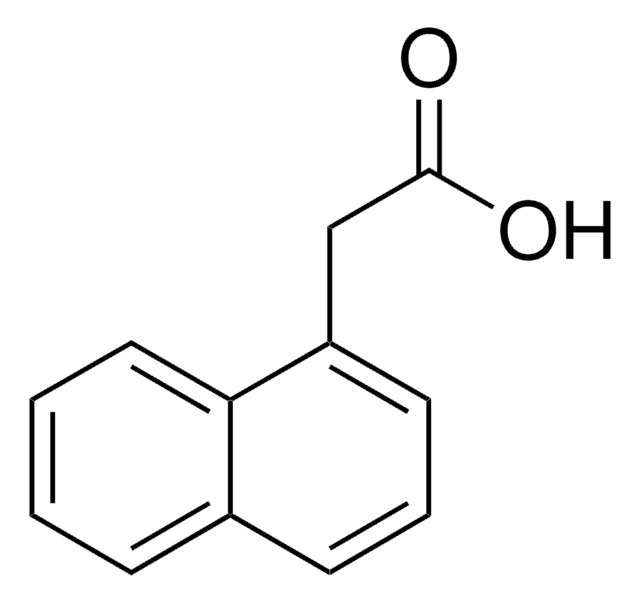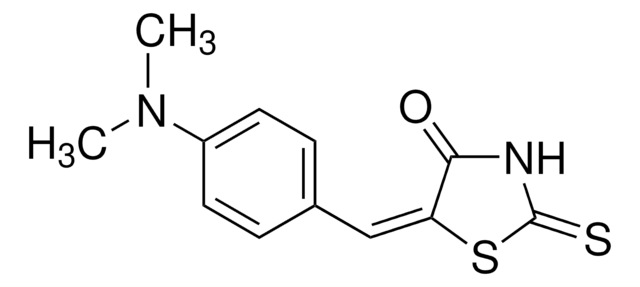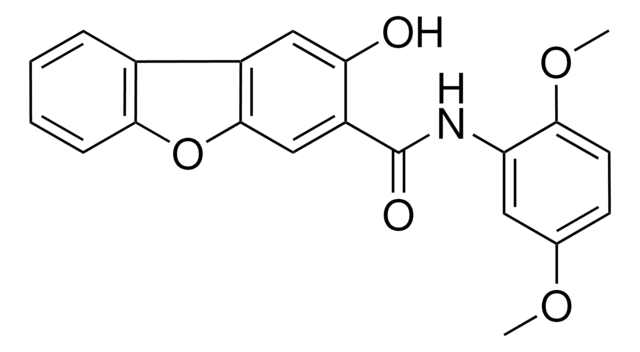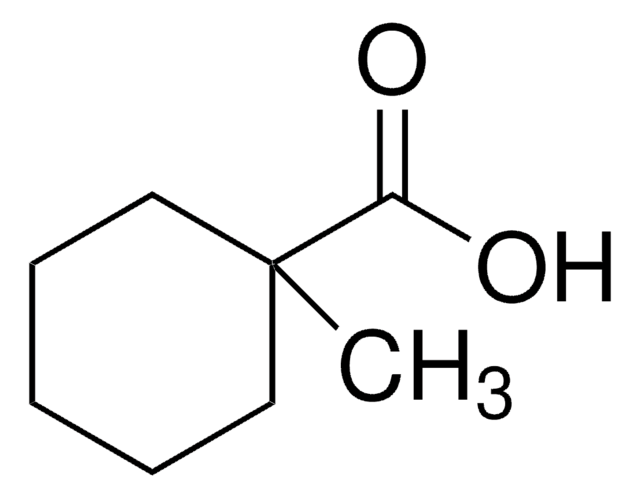70340
Naphthensäure
technical
Synonym(e):
Acidol (petroleum by-product), Sunaptic B
About This Item
Empfohlene Produkte
Qualität
technical
Form
liquid
Säurezahl
~215
Dichte
0.92 g/mL at 20 °C (lit.)
InChI
1S/C10H18O2/c1-2-8-3-4-9(7-8)5-6-10(11)12/h8-9H,2-7H2,1H3,(H,11,12)
InChIKey
WVRFSLWCFASCIS-UHFFFAOYSA-N
Anwendung
Hinweis zur Analyse
Signalwort
Warning
H-Sätze
Gefahreneinstufungen
Eye Irrit. 2 - Skin Irrit. 2 - Skin Sens. 1
Lagerklassenschlüssel
10 - Combustible liquids
WGK
WGK 1
Flammpunkt (°F)
213.8 °F - closed cup
Flammpunkt (°C)
101 °C - closed cup
Persönliche Schutzausrüstung
Eyeshields, Gloves, type ABEK (EN14387) respirator filter
Analysenzertifikate (COA)
Suchen Sie nach Analysenzertifikate (COA), indem Sie die Lot-/Chargennummer des Produkts eingeben. Lot- und Chargennummern sind auf dem Produktetikett hinter den Wörtern ‘Lot’ oder ‘Batch’ (Lot oder Charge) zu finden.
Besitzen Sie dieses Produkt bereits?
In der Dokumentenbibliothek finden Sie die Dokumentation zu den Produkten, die Sie kürzlich erworben haben.
Kunden haben sich ebenfalls angesehen
Unser Team von Wissenschaftlern verfügt über Erfahrung in allen Forschungsbereichen einschließlich Life Science, Materialwissenschaften, chemischer Synthese, Chromatographie, Analytik und vielen mehr..
Setzen Sie sich mit dem technischen Dienst in Verbindung.








